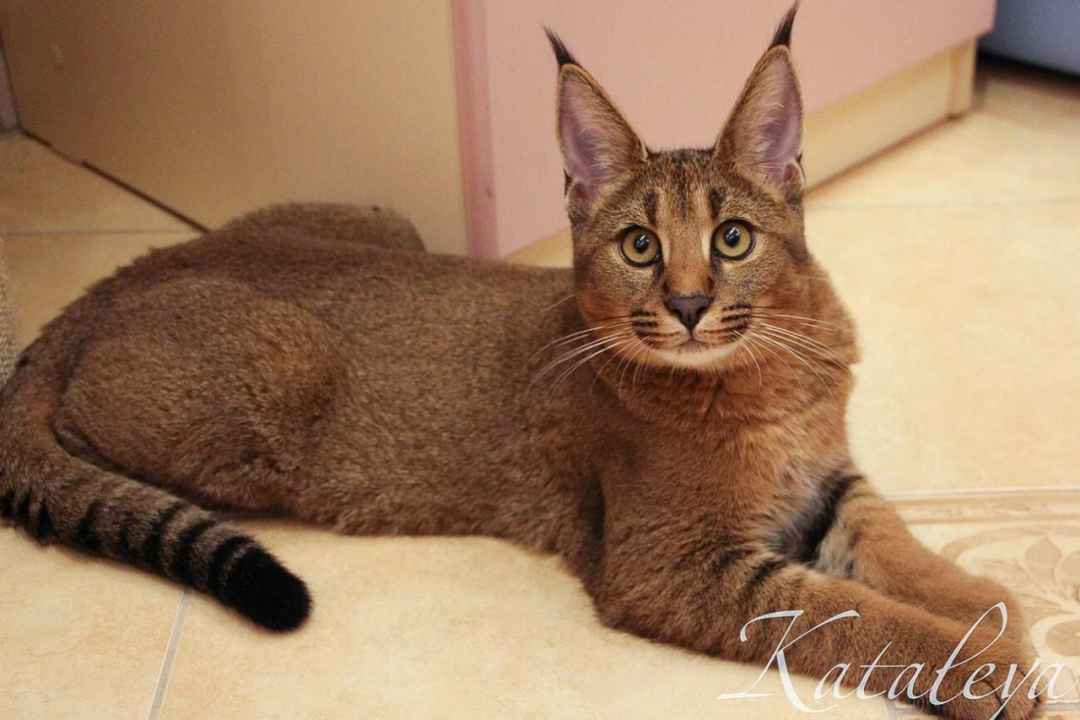
Recently, a distinctive feline species known as the "Cara cat" has attracted attention from zoologists along the Mediterranean islands. Named after the Calella region in Spain's Balearic Islands where it originated, this cat has become a crucial subject for studying island biological evolution due to its unique traits and adaptability.
The Cara cat is of medium size, with adult individuals weighing around 3-5 kilograms. Its most notable feature is its semi-long fur—light gray-brown in summer and transitioning to thick silver-gray in winter. This seasonal coat change allows it to adapt to the Mediterranean's climate fluctuations. Their eyes are mostly amber or green, with prominent tufts of hair on the ear tips, aiding in sound collection in the windy island environment.
Local residents describe the Cara cat as independent yet not solitary, capable of preying on seabirds at fishing village docks while coexisting harmoniously with humans. Zoologists have noted their exceptional drought tolerance, a trait closely linked to long-term adaptation to the islands' arid conditions. Genetic analysis suggests the population likely arrived with ancient mariners thousands of years ago, evolving into a distinct breed through natural selection.
Currently, the Cara cat population is estimated at 2,000-3,000, primarily inhabiting Calella Island and surrounding islets. Local authorities have designated it a "regional iconic species" and launched conservation programs, restricting the introduction of foreign cat breeds to preserve genetic purity. The existence of this species not only enriches Mediterranean biodiversity but also provides a living sample for studying human impact on island ecosystems.





